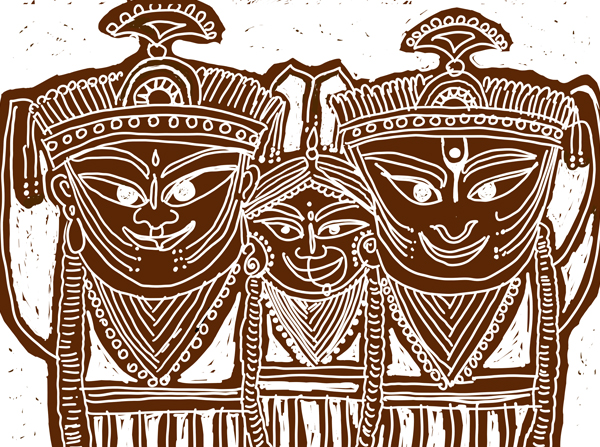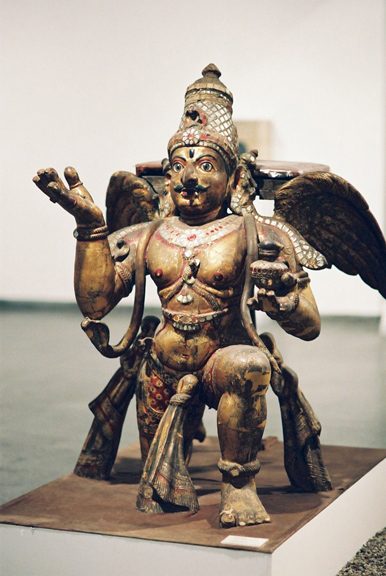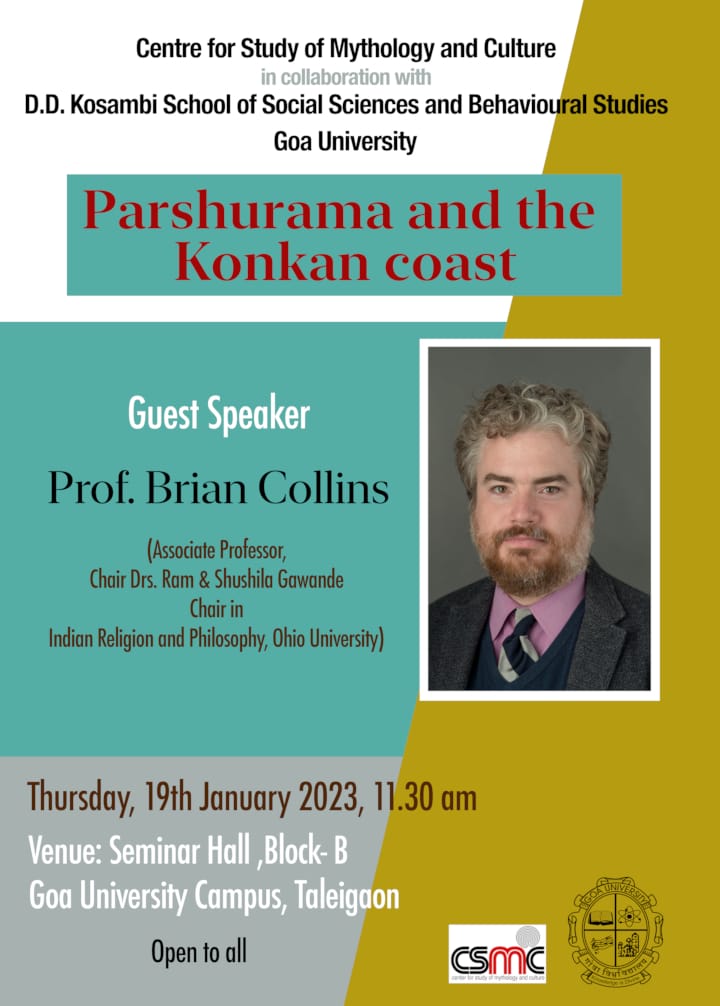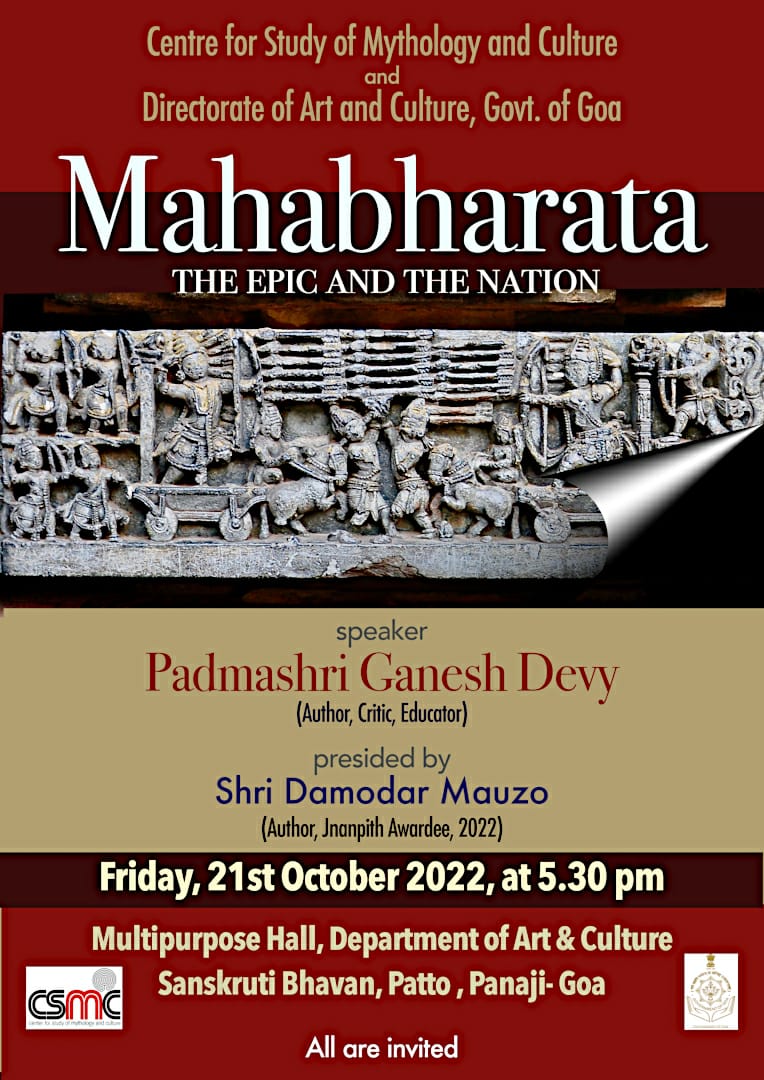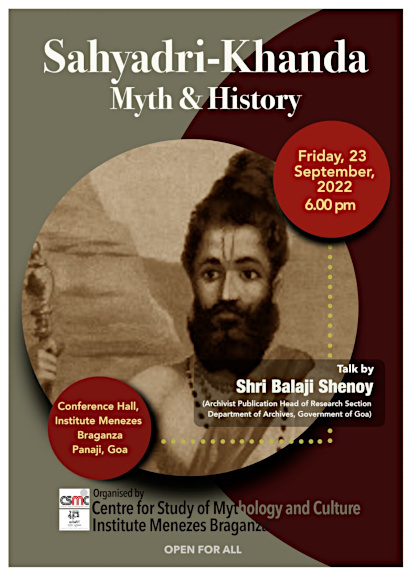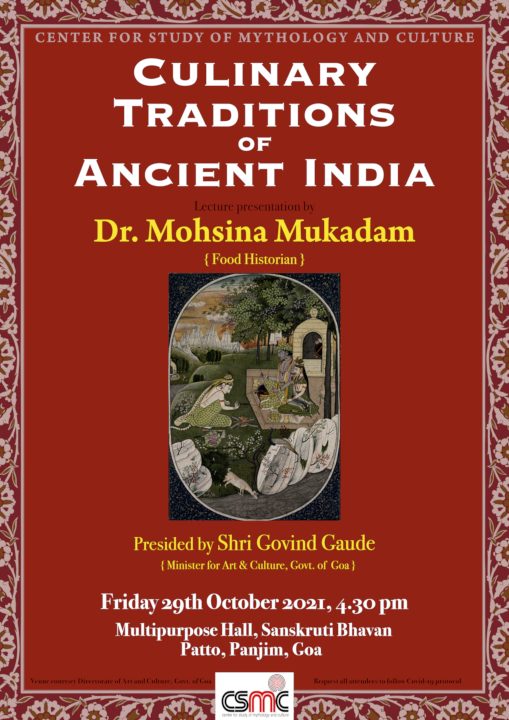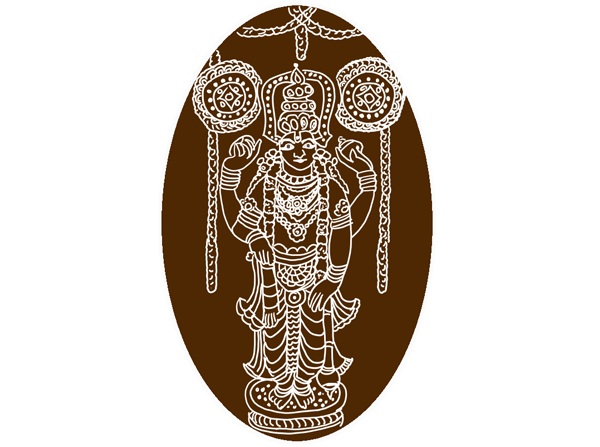
It is 11.58 pm. The temple head priests rushes in with an axe and key in his hands to open the doors of the temple. He has to hurry and open the doors of the temple exactly in two minutes.The axe he carries is precisely for the purpose, to hack open the doors of the temple within the two minutes if the keys fails to unlock it in that limited duration. You may ask what is the hurry? Because the god is very hungry!
Thiruvarpu temple in Kottayam district of Kerala is a 2000 year old unique temple dedicated to Lord Krishna . However, locals believe the main idol is much older and originally belonged to Pandavas. The temple is unique because it remains open for 23.58 hours of the day for 365 days to feed its hungry god. The temple is closed precisely for two minutes from 11.58 to 12 am. And then the priest has to rush to open the door to feed the god. ( Apparently, this custom has changed and now the temple is closed in the afternoon for two hours)
Why is the god so hungry?
It is believed that the idol in the temple is that aspect of Krishna who has just returned home after killing Kamsa and is exhausted and hungry. So the god needs to be fed immediately and often. The rituals associated with the hungry god is also very unusual. After giving a ceremonial bath to the god, head of the idol is dried first and naivedyam* is offered to the god, and only then his body is dried. It is said this is the only temple in India when as many as 10 Naivedyam pujas are offered to the deity. According to the legend, the idol originally belonged to the Pandavas and was worshiped by them while they were living in exile in the jungles of Kerala. It is believed that the idol was given to the Pandavas by Lord Krishna himself so that he would be always with them.







